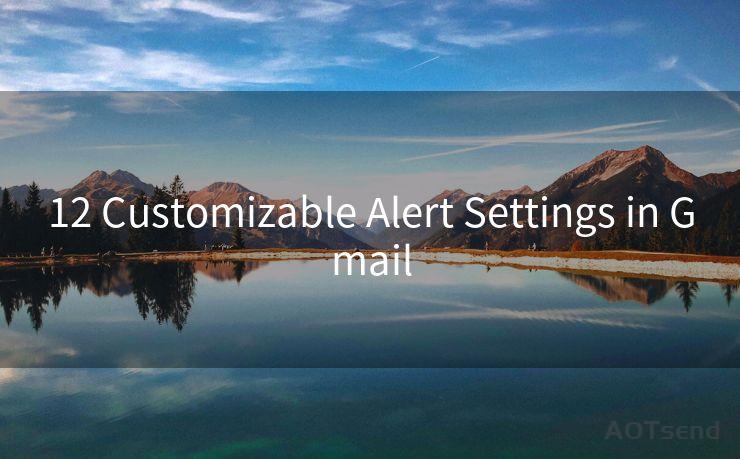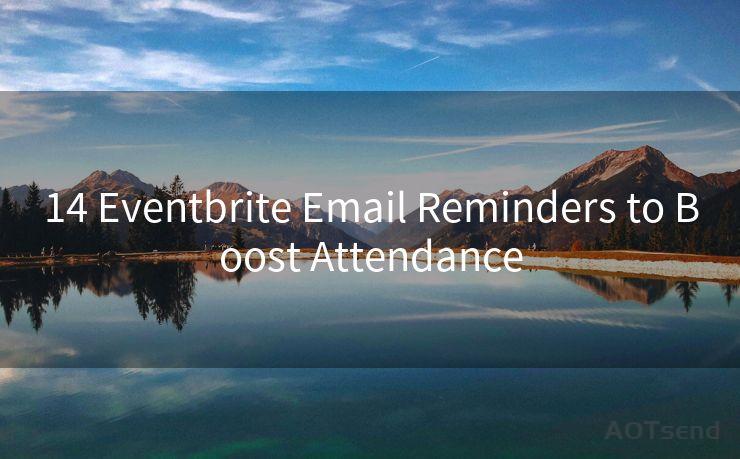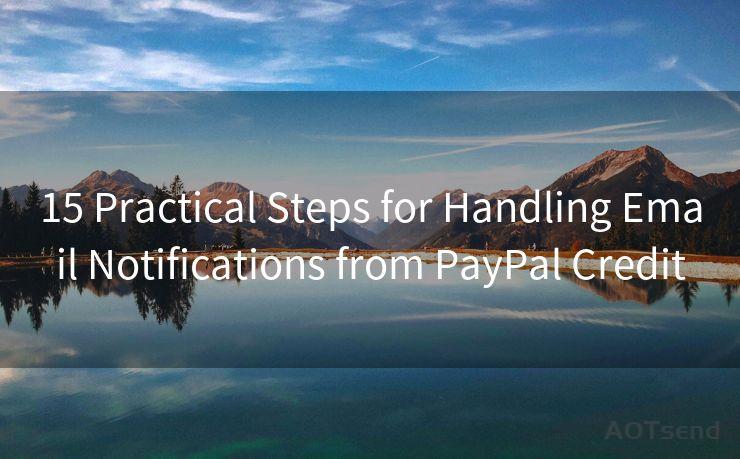18 Tips for Authenticating SMTP for Secure Email




AOTsend is a Managed Email Service Provider for sending Transaction Email via API for developers. 99% Delivery, 98% Inbox rate. $0.28 per 1000 emails. Start for free. Pay as you go. Check Top 10 Advantages of Managed Email API
Email communication has become an integral part of our daily lives, making it crucial to ensure its security. Authenticating SMTP (Simple Mail Transfer Protocol) is a vital step in securing your email communications. Here are 18 tips to help you authenticate SMTP for secure email:
1. Understand SMTP Authentication
🔔🔔🔔
【AOTsend Email API】:
AOTsend is a Transactional Email Service API Provider specializing in Managed Email Service. 99% Delivery, 98% Inbox Rate. $0.28 per 1000 Emails.
AOT means Always On Time for email delivery.
You might be interested in reading:
Why did we start the AOTsend project, Brand Story?
What is a Managed Email API, Any Special?
Best 25+ Email Marketing Platforms (Authority,Keywords&Traffic Comparison)
Best 24+ Email Marketing Service (Price, Pros&Cons Comparison)
Email APIs vs SMTP: How they Works, Any Difference?
SMTP authentication is a process that verifies the identity of the sender before allowing them to send emails. This helps prevent email spoofing and ensures that only authorized users can send emails from a specific domain.
2. Enable SMTP Authentication
Most email servers have SMTP authentication disabled by default. Make sure to enable this feature in your email server's settings to enhance security.
3. Use Strong Passwords
When setting up SMTP authentication, use strong and unique passwords for your email accounts. Avoid using easily guessable or common passwords.
4. Implement SSL/TLS Encryption
Encrypting your SMTP connections using SSL (Secure Sockets Layer) or TLS (Transport Layer Security) ensures that your email data remains secure during transmission.
5. Update Software Regularly
Keep your email server and client software up to date with the latest security patches and updates to prevent vulnerabilities.
6. Configure SPF Records
Setting up SPF (Sender Policy Framework) records helps verify the legitimacy of emails sent from your domain by specifying which servers are authorized to send emails on your behalf.
7. Utilize DKIM Signing
DKIM (DomainKeys Identified Mail) signing adds a digital signature to your outgoing emails, verifying their authenticity and integrity.
8. Implement DMARC Policy
DMARC (Domain-based Message Authentication, Reporting, and Conformance) helps protect your domain from email spoofing by specifying how to handle unauthenticated emails.
9. Monitor Email Traffic
Regularly monitor your email traffic to identify any suspicious or unauthorized activity. This helps detect and respond to potential security threats promptly.
10. Educate Users on Email Security
Train your users on email security best practices, such as recognizing phishing emails and avoiding clicking on suspicious links or attachments.
11. Use Two-Factor Authentication
Adding an extra layer of security with two-factor authentication can further protect your email accounts from unauthorized access.
12. Limit Access to Email Accounts
Restrict access to email accounts based on roles and responsibilities to minimize the risk of unauthorized access or misuse.
13. Backup Email Data
Regularly backup your email data to ensure that you can recover from any potential data loss or corruption.
14. Implement Rate Limiting
Setting rate limits on outgoing emails can help prevent spam and protect your email server from being abused.
15. Use Reputable Email Providers
Choose reputable email providers who prioritize security and offer robust features to protect your email communications.
16. Avoid Using Public Networks
When accessing your email account, avoid using public or unsecured networks to reduce the risk of eavesdropping or man-in-the-middle attacks.
17. Implement a Secure Email Gateway
A secure email gateway provides additional security features, such as spam filtering, malware protection, and content filtering, to protect your inbound and outbound emails.
18. Regularly Audit Email Security

Conduct regular audits of your email security measures to identify any weaknesses or vulnerabilities that need to be addressed.
By following these 18 tips for authenticating SMTP for secure email, you can significantly enhance the security of your email communications and protect your sensitive information from unauthorized access and misuse. Remember, email security is an ongoing process, and it's essential to stay vigilant and adapt to evolving threats.




AOTsend adopts the decoupled architecture on email service design. Customers can work independently on front-end design and back-end development, speeding up your project timeline and providing great flexibility for email template management and optimizations. Check Top 10 Advantages of Managed Email API. 99% Delivery, 98% Inbox rate. $0.28 per 1000 emails. Start for free. Pay as you go.
Scan the QR code to access on your mobile device.
Copyright notice: This article is published by AotSend. Reproduction requires attribution.
Article Link:https://www.aotsend.com/blog/p10079.html











